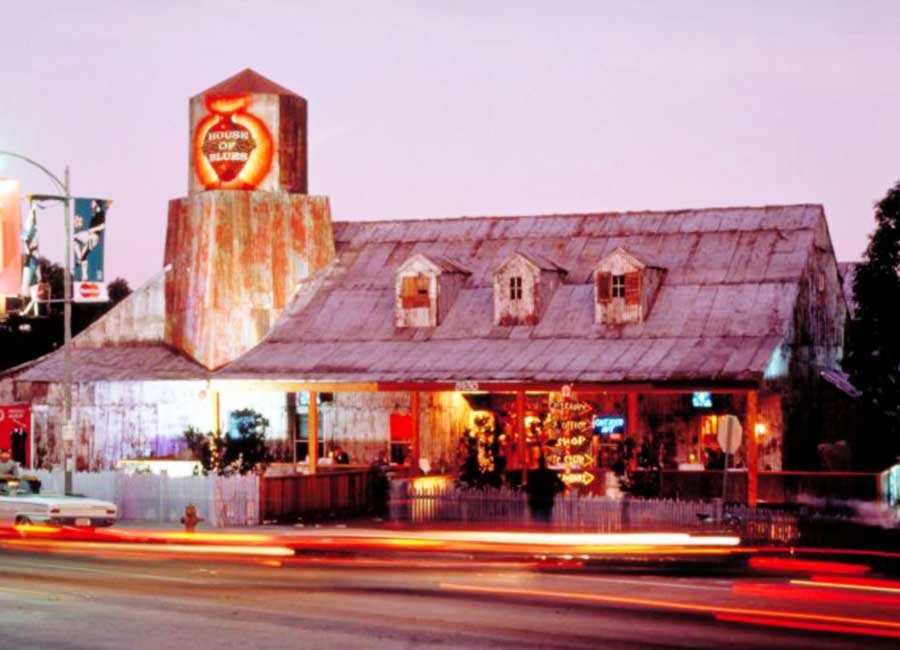
History
The House of Blues Sunset Strip opened in 1994 and had it’s first act, Aerosmith, perform shortly there after. The location was the 3rd of it’s kind, and was founded by Dan Akroyd and Isaac Tigrett, who had previously founded the Hard Rock. One of the signature aspects of each House Of Blues, including the Sunset Strip location, was a bucket of Mississippi Mud under the main stage. Tigrett did this as superstition so that every artist that performed there would stay grounded and free of too much ego.
The tin on the side of the building was from Gin Mill that the famous blues artist Muddy Waters worked at when he was younger. This gin mill was as the crossroads of highway 49 and 61 in Mississippi, where it was rumored that Robert Johnson, another famous blues singer, sold his soul to the devil.
The Foundation Room
The Foundation Room on the third floor of the building is a private club and lounge which is exclusive to members. From the celebrated art work from around the world to various sub-prayer-rooms, the Foundation Room is separated from the rest of the venue. The fabric on the walls of the room is called “Gujarat” (hand sewn) and is a traditional wedding offering from groom to bride that signifies wealth being brought into the marriage. While other locations have since incorporated a Foundation Room, the Sunset Strip was the first to feature it. 25% of membership fees are donated to the International House of Blues Foundation, a non profit that encourages art and music in local schools.
Art
Isaac Tigrett was the leading force behind the various paintings, sculptures, and other forms of visual art. “Outsider Folk Art,” as it many of the paintings are considered, was created by artists Tigreyt encountered in Mississippi who were not interested in selling their art for profit. The artists often used berries to make colors and different variations of clay in their pieces, depicting life in the country. The House of Blues Sunset has over $2.5 million in “Outsider Folk Art” and, as a result, is considered to be a living museum.




